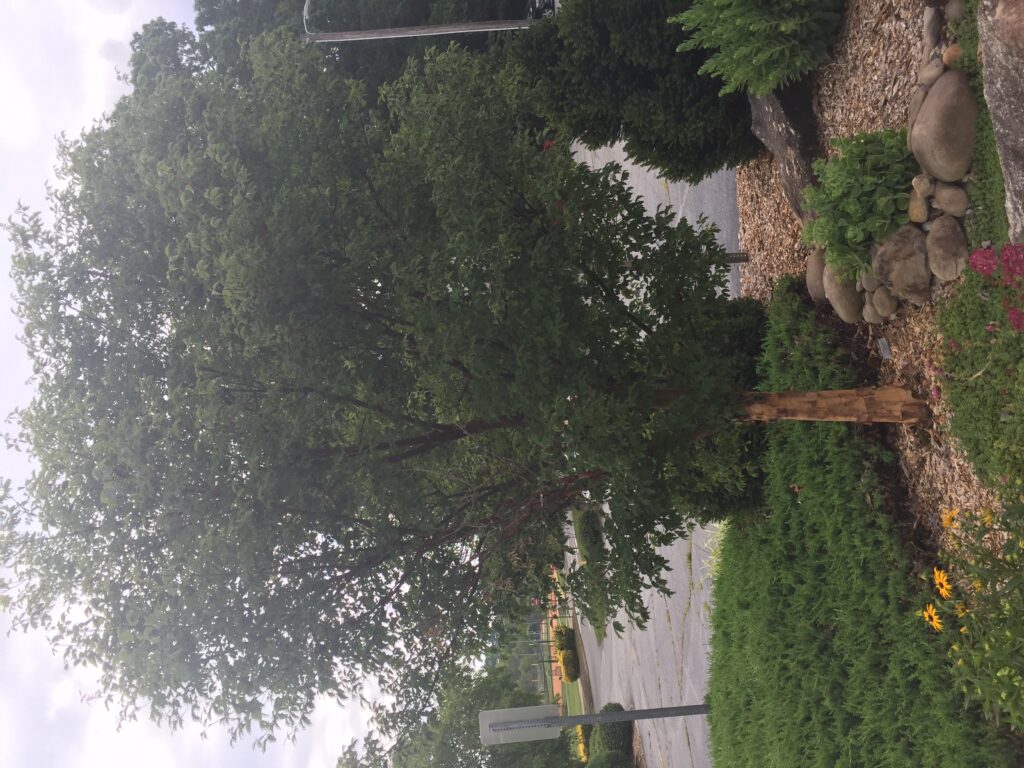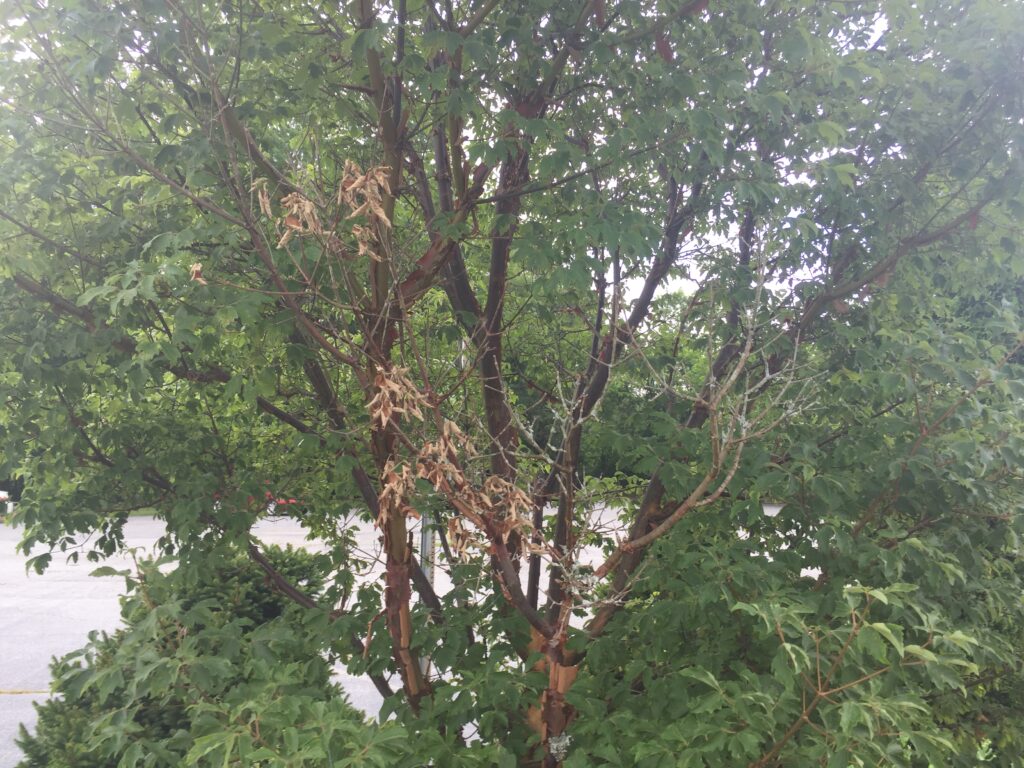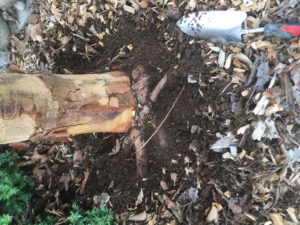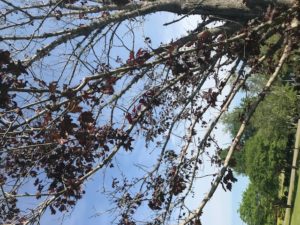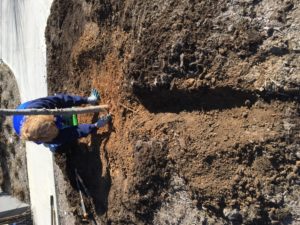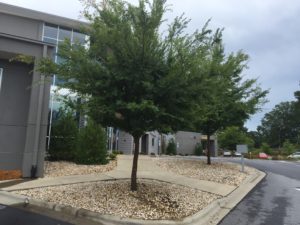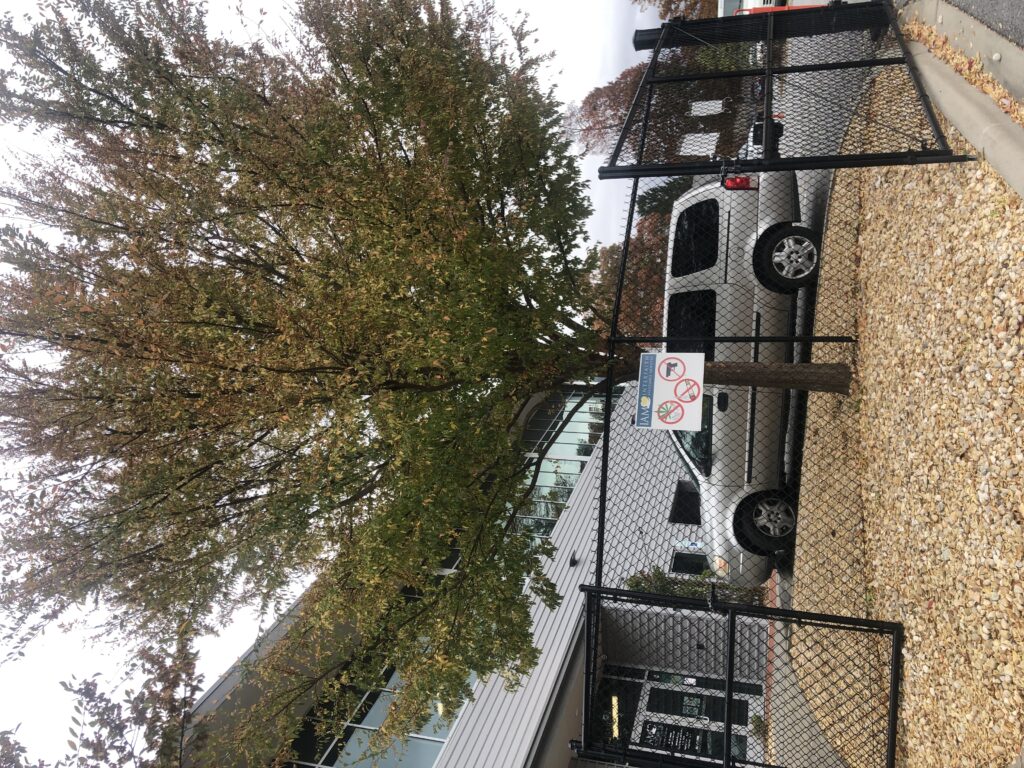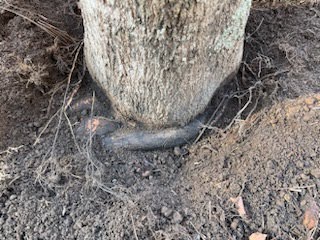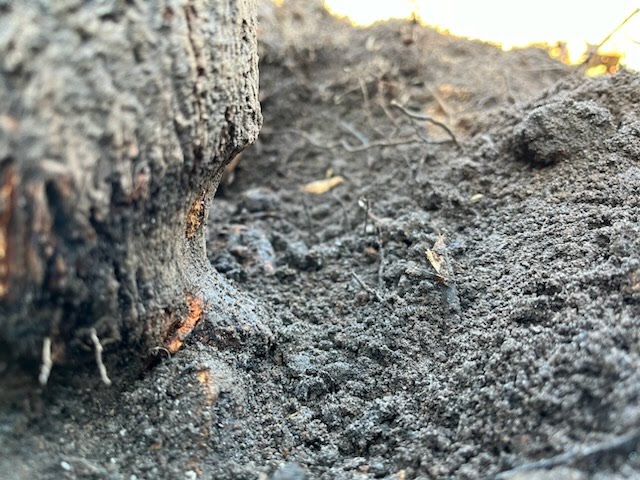Plant Health Alert – Excavate Root Collars to Save Trees
go.ncsu.edu/readext?716201
en Español / em Português
El inglés es el idioma de control de esta página. En la medida en que haya algún conflicto entre la traducción al inglés y la traducción, el inglés prevalece.
Al hacer clic en el enlace de traducción se activa un servicio de traducción gratuito para convertir la página al español. Al igual que con cualquier traducción por Internet, la conversión no es sensible al contexto y puede que no traduzca el texto en su significado original. NC State Extension no garantiza la exactitud del texto traducido. Por favor, tenga en cuenta que algunas aplicaciones y/o servicios pueden no funcionar como se espera cuando se traducen.
Português
Inglês é o idioma de controle desta página. Na medida que haja algum conflito entre o texto original em Inglês e a tradução, o Inglês prevalece.
Ao clicar no link de tradução, um serviço gratuito de tradução será ativado para converter a página para o Português. Como em qualquer tradução pela internet, a conversão não é sensivel ao contexto e pode não ocorrer a tradução para o significado orginal. O serviço de Extensão da Carolina do Norte (NC State Extension) não garante a exatidão do texto traduzido. Por favor, observe que algumas funções ou serviços podem não funcionar como esperado após a tradução.
English
English is the controlling language of this page. To the extent there is any conflict between the English text and the translation, English controls.
Clicking on the translation link activates a free translation service to convert the page to Spanish. As with any Internet translation, the conversion is not context-sensitive and may not translate the text to its original meaning. NC State Extension does not guarantee the accuracy of the translated text. Please note that some applications and/or services may not function as expected when translated.
Collapse ▲Most tree health issues can be traced to a LSREP…Lower Stem Root or Environmental Problem. LSREPs can be physical root damage, trunk damage, root diseases, etc. Always these tree issues are a serious threat to plant health.
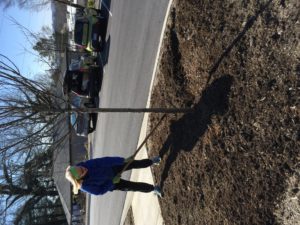
This Chinese elm was not growing because it was planted too deep. A root collar excavation was performed.
In the case of the pictured trees, some root collars were buried 6-12”. Tree roots need oxygen; excessive mulch or soil piled over the root system suffocates the roots and plants die slowly.
To remediate plants that are planted too deep or buried in mulch, I recommended raking out the mulch from around the trees and shrubs, excavating the root collars (where the roots meet the trunk), and maintain mulch to a depth of no more than 2-3 inches. excavate the root collar (where the roots meet the trunk). This area should be exposed to the air and not buried in soil or mulch. This usually saves the tree.
Trees that have been buried for years can be rehabilitated. The shorter the amount of time between burying and rehabilitation the better of course. The soil must be removed back down to the original grade as much as possible. The root collar (the junction of the roots and the stem) should be exposed to the air. Aerating the soil around the roots using an air spade or auger and applying organic matter and low nitrogen fertilizer can help too.

This tree was planted too deep and girdling root formed strangling the stem. Photo by Steven Carroll, Schneider Shrub and Tree Care
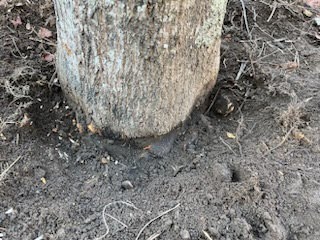
This tree was planted too deep and girdling root formed strangling the stem. Notice that there is not ‘flare at the base of the tree where the roots meets the stem. Thant means the plant is too deep. This leads to girdling roots. Photo by Steven Carroll, Schneider Shrub and Tree Care





